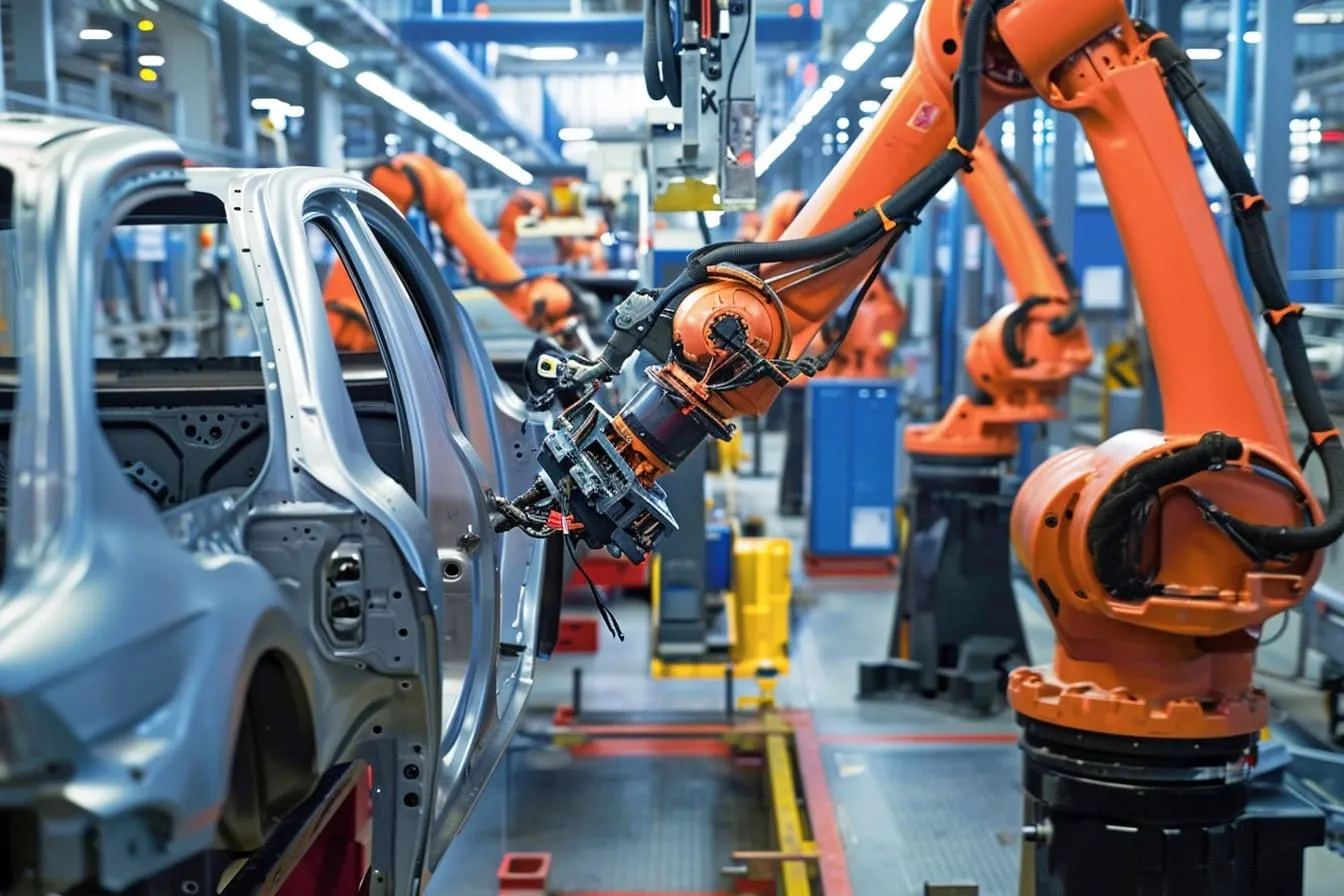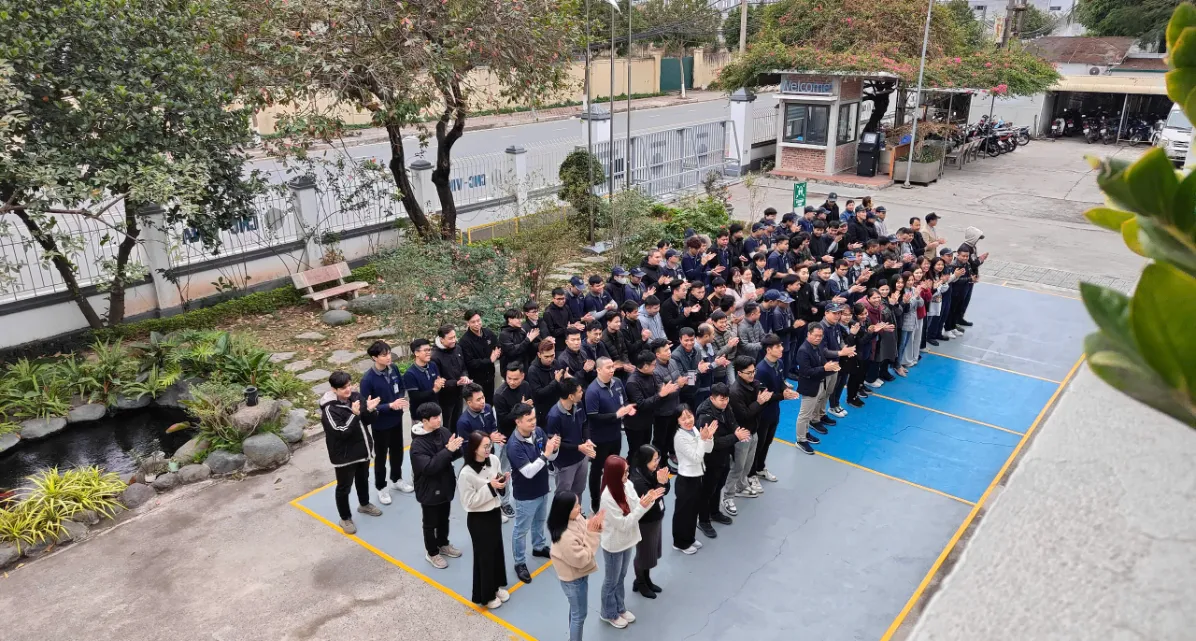MIG welding is a widely used welding technique across various industries due to its high efficiency and ease of use. Compared to other welding methods, MIG welding minimizes slag formation while providing fast welding speeds and high productivity. With these outstanding advantages, MIG welding is extensively applied in numerous industrial sectors.
So, what are the key characteristics of MIG welding, and which welding method should businesses choose for their products? Let’s explore these questions with PWP Solution in the article below!
1. Introduction to MIG welding
MIG welding is an arc welding process that utilizes a consumable wire electrode and an inert shielding gas (typically Argon or a CO₂-Argon mixture) to create welds. It is one of the most widely used welding techniques in the mechanical manufacturing industry due to its high efficiency and ease of automation.
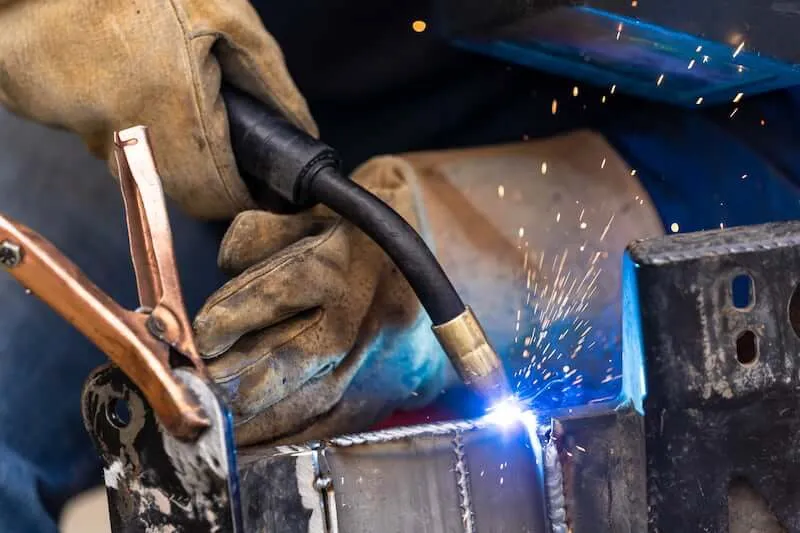
2. Operating principle of MIG welding
MIG welding operates by combining an electric arc with shielding gas to produce high-quality welds, minimizing defects. The working principle of MIG welding is relatively straightforward:

- The welding wire is continuously fed into the weld pool.
- The shielding gas (such as Argon, CO₂, or a mixture of both) prevents oxygen and airborne contaminants from affecting weld quality.
- The electric arc melts the base metal and the welding wire to form a strong weld.
3. Advantages and disadvantages of MIG welding
3.1. Advantages of MIG welding
MIG welding is widely applied due to its outstanding features:
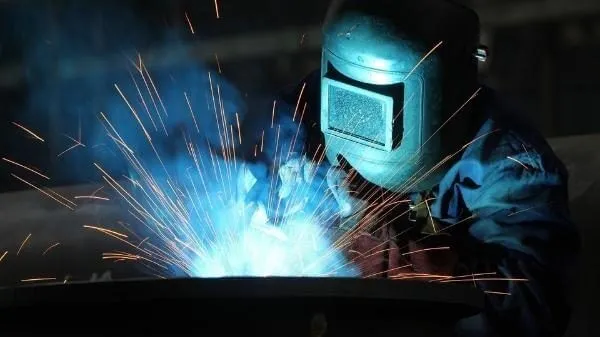
- Produces clean welds with minimal spatter, reducing the need for post-weld finishing.
- Allows for fast welding, increasing productivity.
- Can be used on various materials, including steel, aluminum, and stainless steel.
- Simpler operation compared to traditional arc welding, generating fewer sparks.
3.2. Disadvantages of MIG welding
Despite its advantages, MIG welding has some limitations:
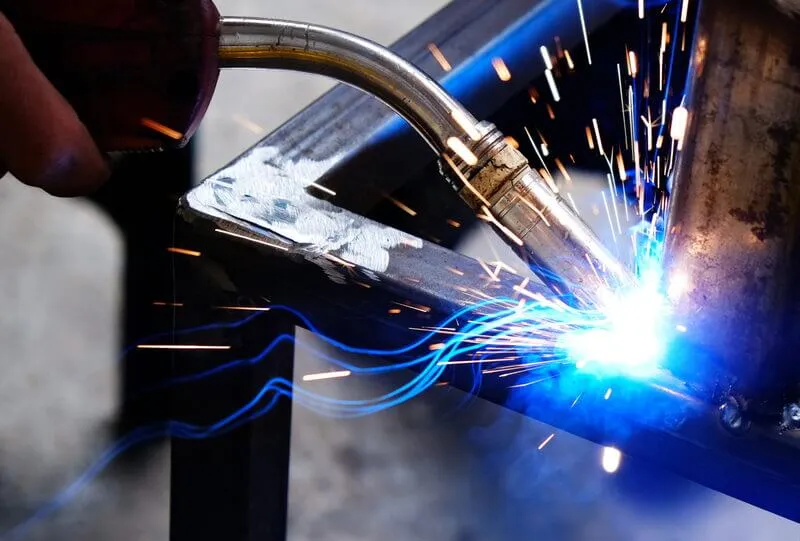
- Requires a controlled environment with minimal airflow, as strong winds can affect the shielding gas and compromise weld quality.
- Higher initial investment costs due to the need for specialized equipment, making it bulkier compared to manual arc welding.
4. Proper MIG welding procedure
To achieve high-quality welds without defects, it is essential to follow proper MIG welding techniques. Below are key steps to consider:
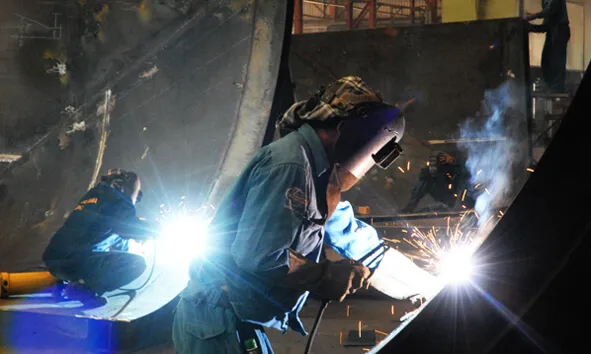
Step 1: Adjusting the Welding Machine
- Ensure the welding wire is properly placed and stable in the feeder.
- Adjust the welding current appropriately. A useful tip for welders is that in MIG welding, amperage (A) and voltage (V) are inversely related: increasing A decreases V, and vice versa. A smooth humming sound indicates an optimal setting.
- Keep the welding wire straight and untangled to prevent feed blockages.
Step 2: Wearing Proper Safety Gear
- Always use a welding helmet and protective eyewear.
- Wear gloves, long-sleeved clothing, and safety shoes for protection.
Step 3: Performing the Weld
- Apply heat-resistant grease to the welding nozzle before starting.
- For spot welds, avoid holding for more than 3 seconds to prevent burn marks or damage.
- For straight-line welds, move the torch steadily to create uniform weld beads.
- For horizontal welds, tilt the torch slightly to the right and move in that direction.
- For vertical welds, weld from top to bottom for better control and consistency.
Safety Considerations
- Keep wet objects away from the welding area to prevent electrical hazards.
- Clean weld joints thoroughly to remove slag and enhance appearance.
5. Applications of MIG welding in various industries
MIG welding is widely used across industries due to its versatility and efficiency. Below are some of its primary applications:
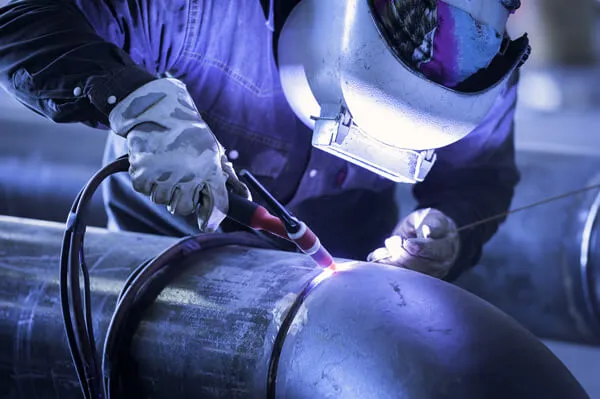
- Automotive Industry: Used for welding car bodies and frames.
- Shipbuilding Industry: Applied in welding large steel structures.
- Construction Industry: Used for welding steel frameworks and industrial piping.
- Machinery Manufacturing: Commonly employed for welding machine parts and industrial equipment.
6. Why choose MIG welding from PWP Solution?
With years of experience in welding, particularly in MIG welding, PWP Solution takes pride in being a leading provider of high-quality MIG-welded products in Vietnam. In addition to assisting customers in selecting the right equipment and offering design and fabrication support, we provide regular maintenance and repair services to ensure customer satisfaction.
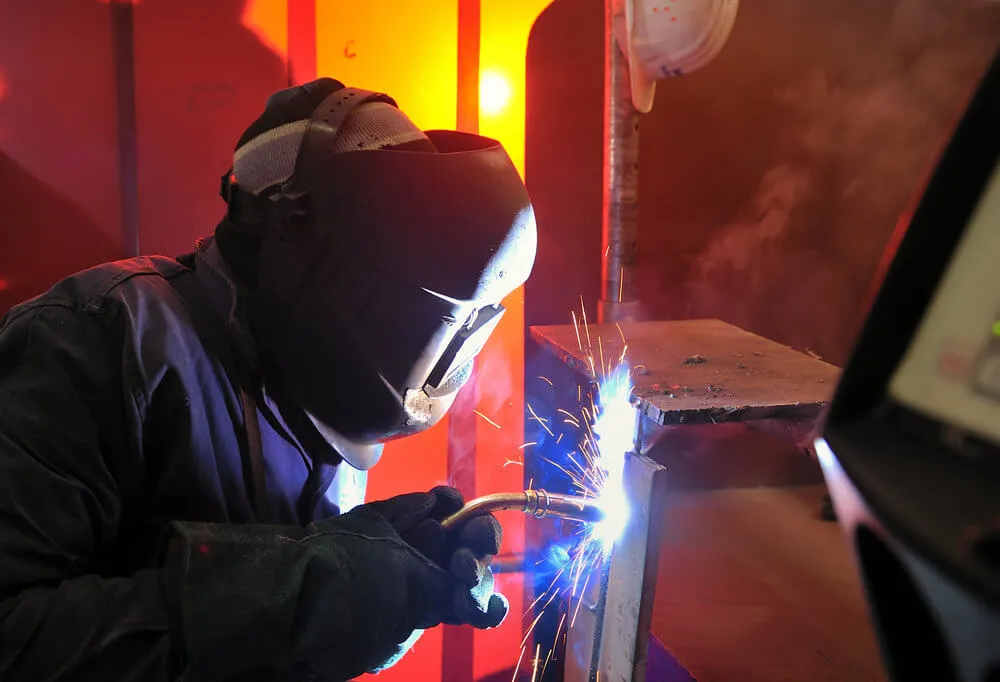
7. Conclusion
MIG welding is a modern welding technique that offers high efficiency and stable weld quality. By using a consumable wire electrode combined with shielding gas, this method is suitable for a wide range of materials and industrial applications. Thanks to its automation potential and ability to produce clean welds, MIG welding is increasingly preferred in mechanical manufacturing. However, to achieve the best results, welders must understand the equipment, materials, and proper settings. If you need MIG welding services or have any questions about MIG welding, contact PWP Solution for expert advice today!







